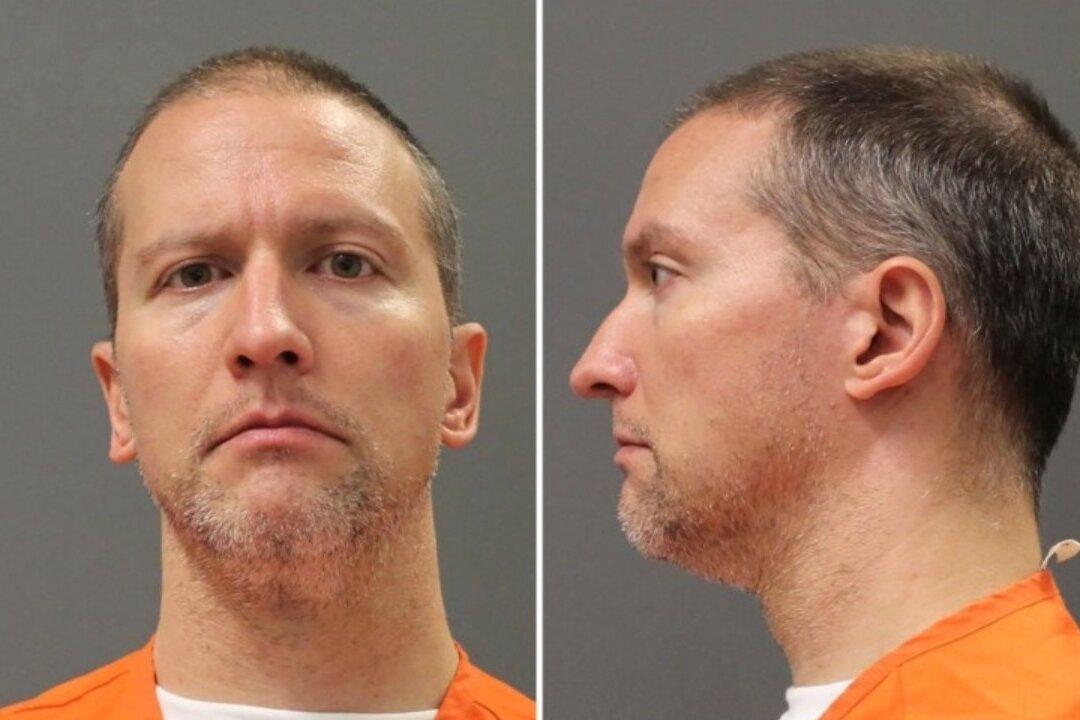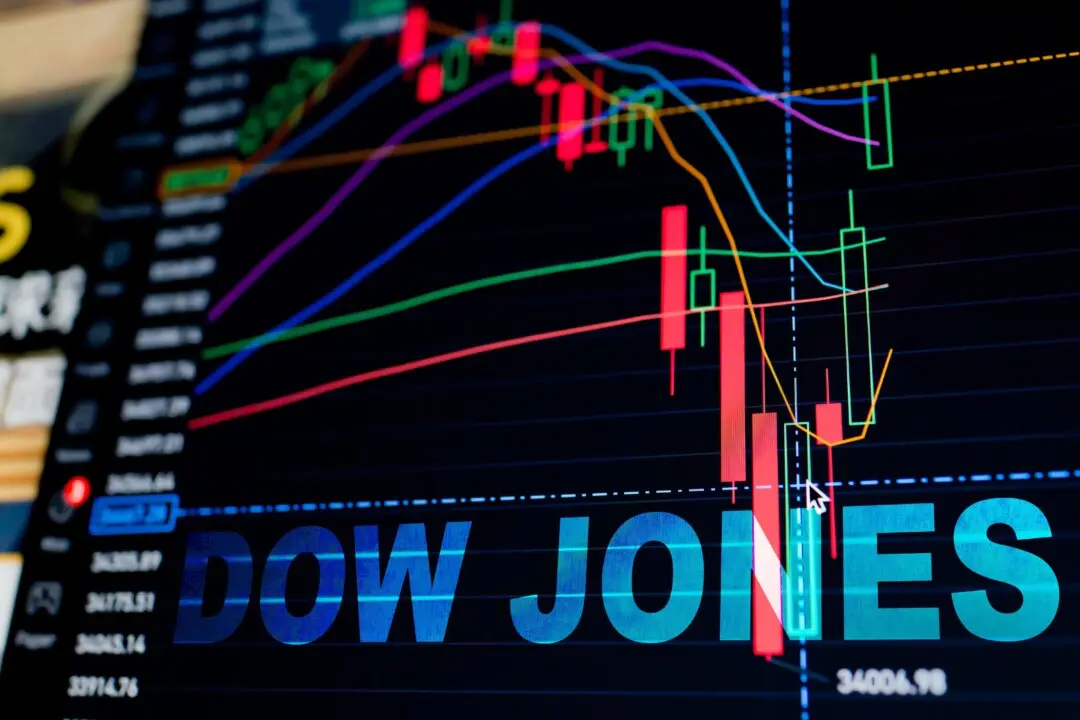MINNEAPOLIS—As the trial approaches for a Minneapolis police officer charged with murder in the death of George Floyd, prosecutors are putting the time Derek Chauvin’s knee was on Floyd’s neck at about nine minutes.
The time has fluctuated before. It was recorded as 8 minutes, 46 seconds in an initial criminal complaint before a math error was corrected to make it 7:46. But filings since then, citing time-stamped police body-camera video, now make it at least nine minutes.





